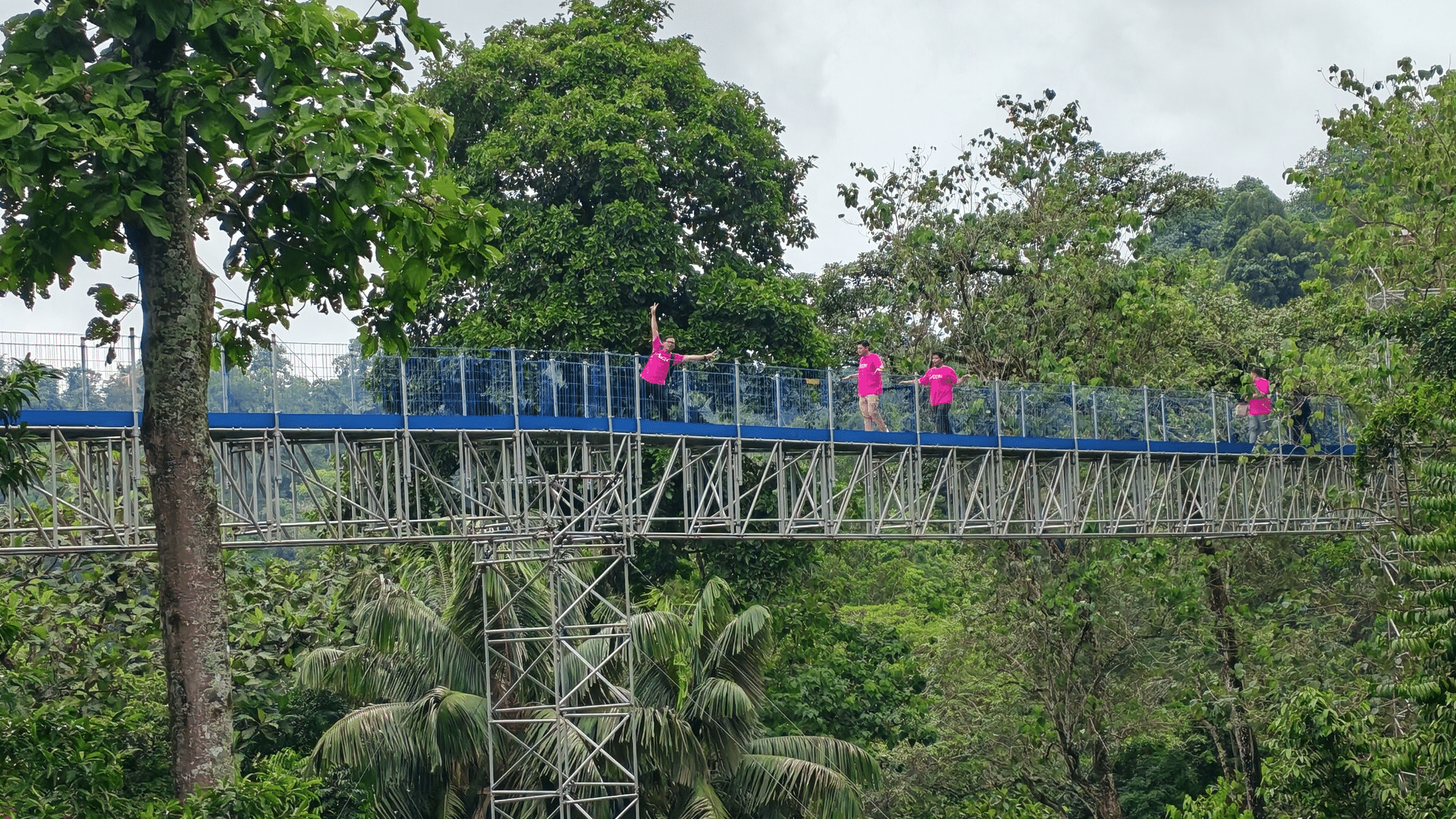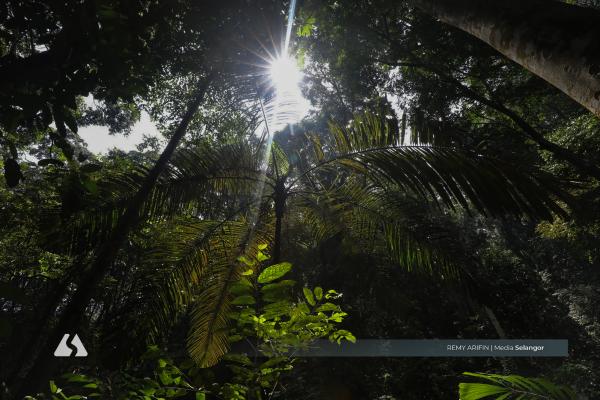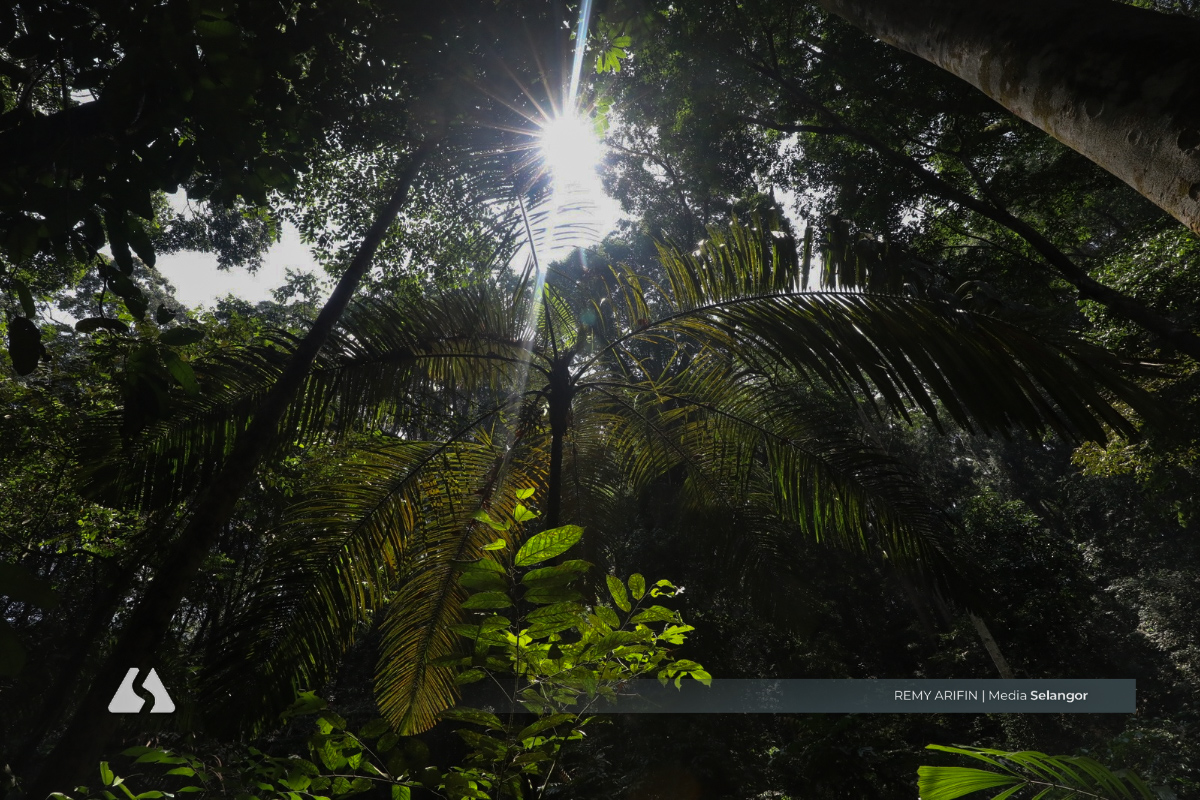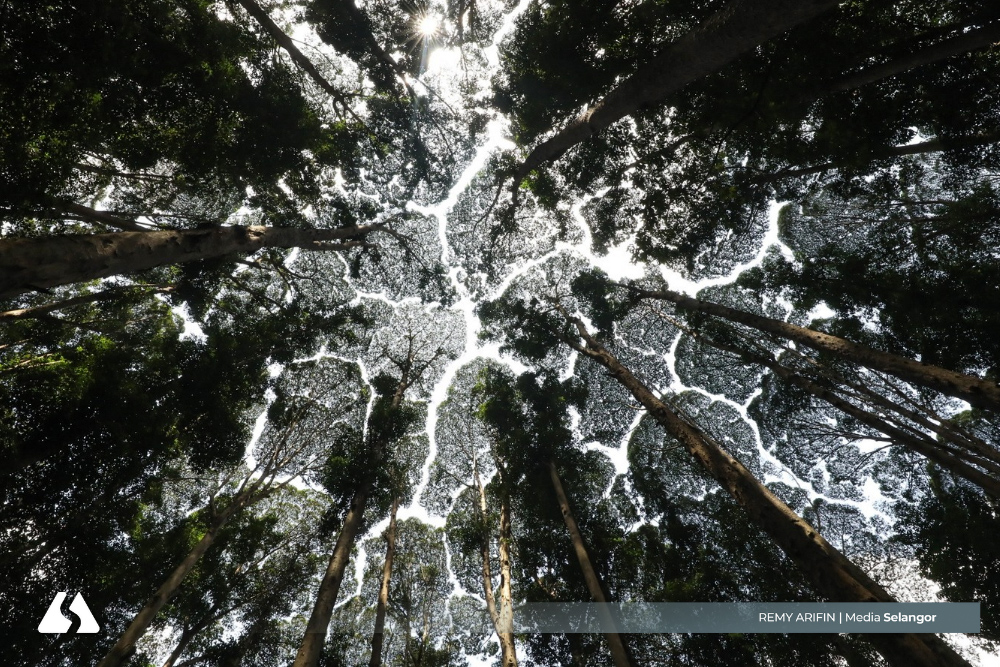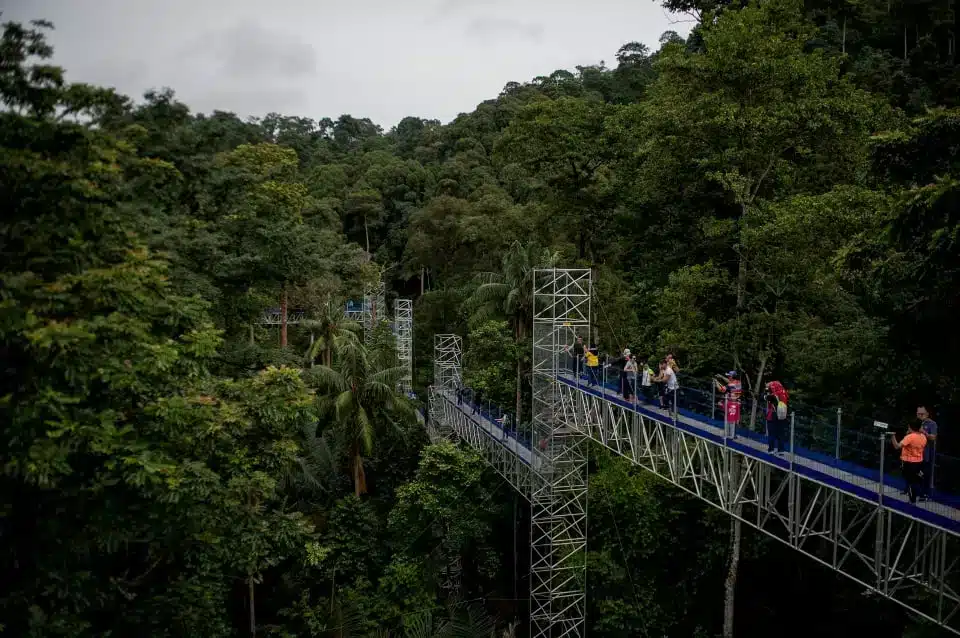SHAH ALAM, Aug 8 — Once a stretch of barren, abandoned tin mining land, the site of the Forest Research Institute Malaysia (FRIM) Selangor Forest Park (FPS) in Kepong stands as the starting point of a remarkable restoration story.
Tree by tree, the land was rehabilitated, becoming one of the earliest and most successful forest restoration projects in the region.
Today, FRIM FPS has achieved global recognition as the world’s first man-made forest to be inscribed as a United Nations Educational, Scientific, and Cultural Organisation (Unesco) World Heritage Site, officially listed on July 11.
FRIM director-general Datuk Ismail Parlan credited the state government for making this milestone possible, describing it as the true “shield” protecting the area.
“They did not just provide funding but also worked to build engagement networks since 2017. This is the true meaning of cooperation,” he told Media Selangor.

Selangor’s approval of a 1,066-hectare buffer zone surrounding FRIM FPS was a decisive move in convincing the world of the commitment to protecting and preserving the area.
“The buffer zone is crucial to protect FRIM FPS from external threats. Without this protective area, the ecosystem could be damaged. Unesco wanted assurance, and Selangor gave that commitment,” Ismail said.
He revealed that the matter was a central discussion point at the Unesco World Heritage Committee meeting in Paris, France.
Representatives from 21 countries sought assurances that Malaysia was genuinely committed to protecting the areas surrounding FRIM FPS, rather than merely submitting a nomination on paper.
“Without this (buffer) zone, our nomination might not have gone far. But Selangor acted swiftly and decisively. We succeeded in convincing the world that we are truly committed,” Ismail said.
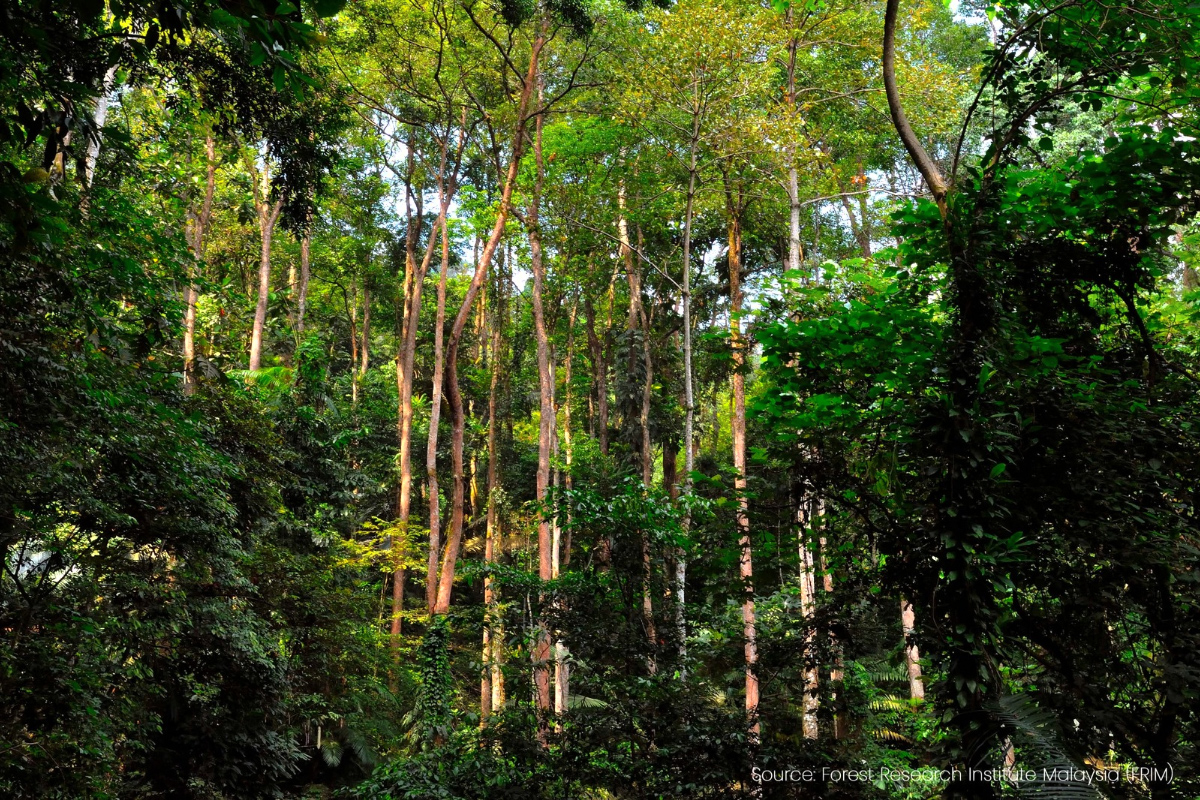
More than just a forest
With its newly conferred World Heritage Site status, FRIM FPS now joins the ranks of the Kinabalu Park in Sabah and the Archaeological Heritage of Niah National Park Caves in Sarawak. What sets it apart is that it is not merely a forest, but a living symbol of hope that degraded landscapes can be restored.
Every inch of FRIM FPS tells a story of rehabilitation, research, and biodiversity protection. Here, visitors will find the Rimba Skywalk, canopy trails cutting through lush greenery, and rare tree species on the brink of extinction.
With over 500,000 visitors annually, FRIM FPS is more than a tourist destination, but a place to witness the miracle of a forest reborn from once-dead land.
For Ismail, who has served at FRIM for 30 years, Unesco’s recognition marks a new chapter.
He is confident the tropical rainforest will become a major draw for Visit Selangor Year 2025 and Visit Malaysia Year 2026.
“We will enhance facilities, add more guides, and ensure a higher quality visitor experience. We are not focused on quantity, but on delivering meaningful experiences,” he said.
Alongside Kinabalu Park (2000) and the Archaeological Heritage of Niah National Park Caves (2024), Malaysia has four other Unesco World Heritage Sites: Gunung Mulu National Park (2000), the Historic Cities of the Straits of Melaka, Melaka and George Town (2008), and the Archaeological Heritage of the Lenggong Valley (2012).
To date, 1,223 sites worldwide have been recognised as World Heritage Sites under the 1972 Convention Concerning the Protection of the World Cultural and Natural Heritage.
